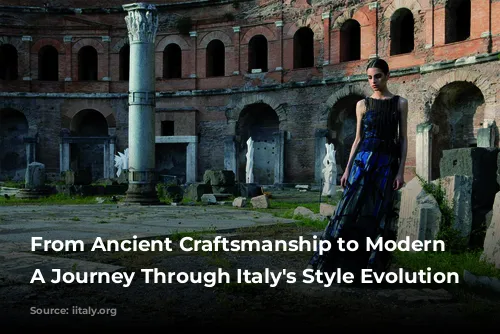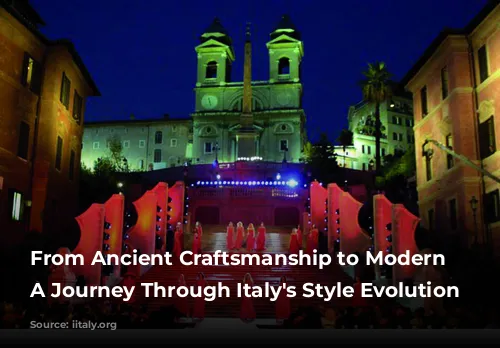Italy, a land of breathtaking beauty and rich history, is renowned for its mastery of fashion. From the artistic heart of Florence to the industrial powerhouse of Milan, each region boasts its unique contribution to the world of style. As we embark on this exploration, we’ll uncover the fascinating journey of Italian fashion, tracing its roots and witnessing its transformation over time.
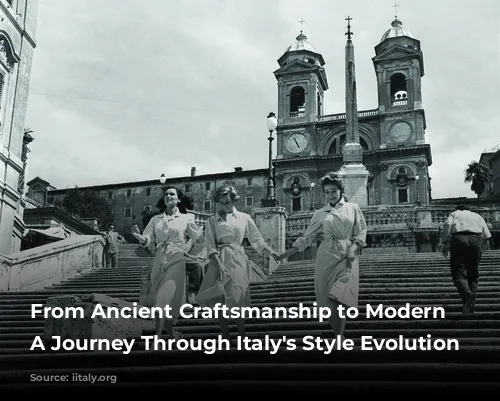
The Eternal City’s Charm: Rome’s Reign in Haute Couture
Rome, the Eternal City, has always held a special place in the world of fashion. Its historic legacy as the capital of Italian couture continues to captivate the imagination. Imagine filming a fashion video amidst the iconic Piazza di Spagna – the very image evokes the timeless elegance of Roman style.
However, while Rome may be the birthplace of haute couture, the spotlight has shifted to Milan, the city that now reigns supreme in the realm of prêt-à-porter. This rivalry between the two cities is a recurring theme in the Italian media, a constant reminder of their distinct roles in the fashion landscape.

The Cinecittà Myth: How Cinema Shaped Italian Fashion
Our story begins in the aftermath of World War II, a time when Italy was rebuilding from the devastation of war. Amidst the ruins, Cinecittà, the legendary film studio built by the fascist regime, emerged as a symbol of resilience.
Cinecittà’s cutting-edge facilities and skilled craftsmen attracted international producers, turning Rome into a beacon of the entertainment world. The city became a hotbed of artistic expression, and fashion blossomed alongside cinema.
Hollywood stars flocked to Rome, creating a glamorous atmosphere that fueled the growth of fashion ateliers. The Sorelle Fontana atelier, renowned for its exquisite designs, even provided costumes for films like Three Girls from Rome. Fernando Gattinoni, who dressed iconic actresses such as Anna Magnani and Audrey Hepburn, became a prominent figure in costume design.
Cinecittà and haute couture shared a common thread – they were both founded on craftsmanship rather than mass production. This emphasis on artisanal techniques reflected the deeply rooted cultural heritage of Italy.
From Rural Workshops to Global Brands: The Rise of Prêt-à-Porter
In the 1950s and 1960s, American retailers discovered the potential of Italian craftsmanship. They sought out high-quality materials and skilled artisans at affordable prices, leading to a surge in production in small Italian towns.
Families who once relied on agriculture or railway work found new opportunities in the textile industry. Workshops transformed into small family-owned businesses, producing garments for foreign fashion brands.
This travail à façon system paved the way for the birth of Italian prêt-à-porter. The know-how acquired through manufacturing for others eventually led these families to create their own collections.
As retailers came to pick up their orders, they were impressed by the quality and style of the local productions. Brands like Ferretti, Iceberg, and MaxMara emerged from these humble beginnings, establishing themselves as global icons of Italian fashion.
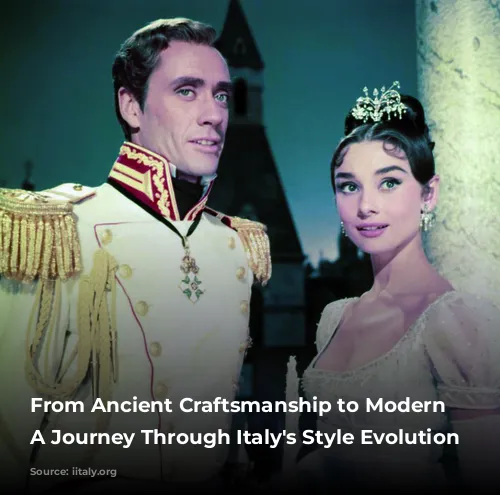
Walter Albini: The Father of Italian Prêt-à-Porter
The transition from couture to prêt-à-porter was not without its pioneers. Walter Albini, a visionary designer, played a pivotal role in shaping the future of Italian fashion.
Albini, a graduate of the Institute of Art, Design and Fashion in Turin, was a true innovator. He was the first Italian stylist to embrace the factory over the atelier, combining the skills of specialized craftsmen to create unique collections.
Albini’s intuition led him to introduce the concept of two lines – a limited edition for the avant-garde and a more affordable line for mass distribution. He also challenged the status quo by presenting his collections in Milan, rather than Rome, signaling a shift in the center of gravity for Italian fashion.
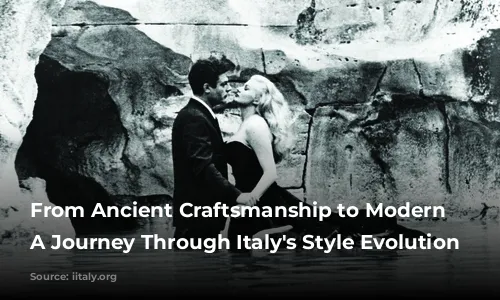
The Rise of Milan: A New Capital for Fashion
Milan, with its industrial infrastructure and financial resources, became the ideal breeding ground for new talent. Giorgio Armani, Gianni Versace, and Kizia were just a few of the designers who rose to prominence in the 1970s and 1980s.
These industrial stylists harnessed the power of prêt-à-porter to globalize the myth of Made in Italy. They created clothing that resonated with a mass market, expanding the reach of Italian fashion beyond the confines of elite circles.
While Rome remained the aristocratic capital of haute couture, Milan emerged as the democratic capital of prêt-à-porter. Milan represented the modernity and business acumen of the north, while Rome embodied the tradition and artisanal spirit of the south.
This evolution of Italian fashion is a testament to the country’s ability to adapt and innovate while staying true to its core values. As we continue our journey, we’ll delve deeper into the vibrant world of Milanese fashion and explore the impact of Italian style on the global stage.
Stefano Dominella‘s expertise and passion for Italian fashion make him the perfect guide for this fascinating exploration. His extensive experience in the industry, coupled with his academic achievements, provide invaluable insights into the history and evolution of Italian style.
